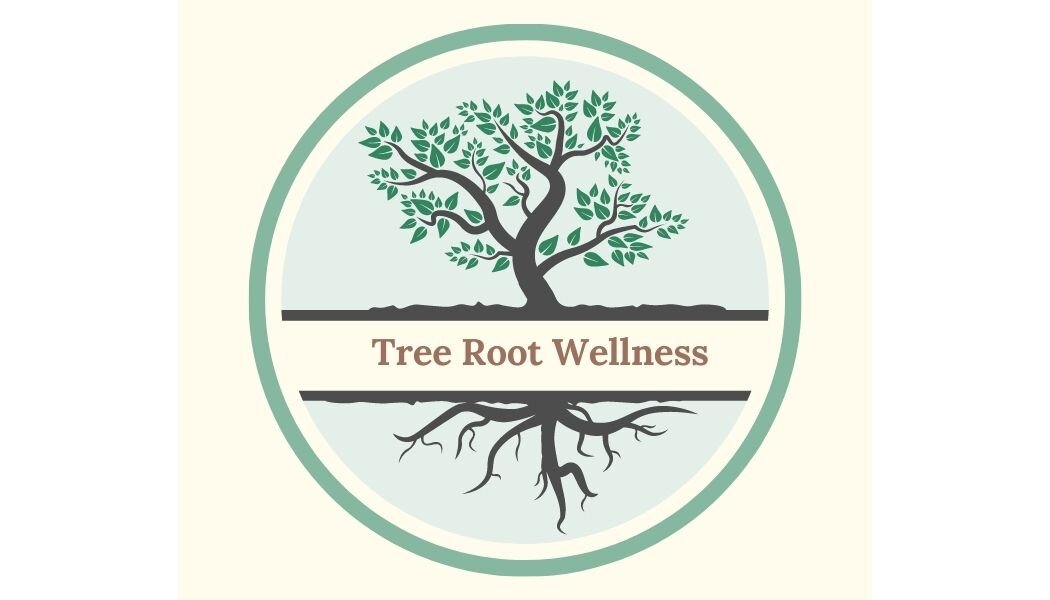Neurodivergence: What does this really mean??
Neurodivergence, what does this term really mean??? I spent this past week in training and one of the teachers described that they think everyone is neurodivergent- I felt myself take a step back and began to wonder what is the true percentage of the population that can be described by this term. I felt a brush of a reaction to the statement almost as if they’d said WE ARE ALL NEURODIVERGENT equating to ALL LIVES MATTER.
In it sits our inner ableism.
The last week reminded me that I am excessively sensitive to noise.
That being in group environments puts me in a situation where I have to navigate multiple different styles of communication.
Having prolonged screen time increases my need for space.
That with these experiences comes a deep seated need for space. In order to manage dissociation, reactions, and my own masking.
Thus far 15-30% of the population is considered to be neurodiverse. This equates to approximately 1 in 7 people have a neurodivergent condition. With at least 70% of the population still being neurotypical. It occurred to me that though our world is filled with people with nervous systems of all different shapes and sizes. The word neurodivergent and neurodiversity has a very specific meaning that can not be applied as broadly.
This moment reminded me how important words are. The nuance can mean the difference between ableism and honoring someone’s experience. And that I am still actively engaged and learning how to meet myself and others in this space.
Some Definitions:
I would go further and break down into two forms of neurodiversity: innate and acquired.
Innate neurodiversity can include conditions like Autism Spectrum Disorder, ADHD/ADD, Tourette Syndrome, Dyspraxia, Obsessive Compulsive Disorder, Dyslexia, other Learning Disabilities and Mental Health Disorders.
Acquired neurodiversity includes an illness or accident that leads to changes in the way you operate in your environment. This can occur through concussions or traumatic brain injuries, PTSD, chronic illness, and chronic pain. Though some of these conditions can make lasting changes they are not inborn traits like the list above.
References:

